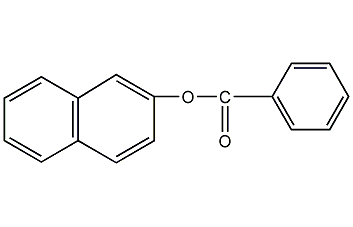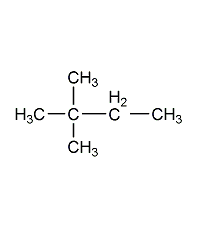Dioctyltin dimercaptoacetate (DBT-DOTG), as an organotin compound, is widely used in the field of plastic additives, especially in polyethylene. Used as heat stabilizer in vinyl chloride (PVC) products. However, its biodegradability analysis is crucial to assess its environmental impact and safety, as organotin compounds generally exhibit low biodegradability, which may pose a threat to ecosystems. The following is a comprehensive analysis of the biodegradability of dioctyltin dimercaptoacetate, covering its degradation mechanism, influencing factors, environmental behavior, and potential environmental management countermeasures.
1. Degradation mechanism
The biodegradation of organotin compounds mainly depends on microbial activities, including bacteria, fungi and algae. The degradation process of dioctyltin dimercaptoacetate may involve the following steps:
- Preliminary metabolism: Microorganisms may attack the bonds between tin atoms and organic ligands through oxidation or reduction reactions, initially decompose organotin compounds, and produce smaller organotin metabolites and inorganic tin ions. .
- Subsequent transformation: The decomposed organotin fragments may be further degraded into smaller organic molecules by microbial enzymes until they are completely mineralized into carbon dioxide and water, while inorganic tin ions may form insoluble Precipitated or absorbed by microorganisms.
- Limiting factors: The degradation of organotin compounds is affected by many factors, including microbial species, environmental conditions (such as pH, temperature, oxygen supply), the structure of organotin and the presence of pollutants, etc. .
2. Influencing factors
- Microbial Diversity: Different types of microorganisms have different degradation capabilities for organotin compounds, and specific microbial communities may have higher degradation efficiency for specific types of organotin.
- Environmental conditions: Appropriate temperature, pH value and sufficient oxygen supply are conducive to microbial activity, thereby promoting the biodegradation of organotin. Extreme conditions can inhibit microbial activity and reduce degradation rates.
- Molecular structure: The ligand structure of organotin directly affects its bioavailability and ease of degradation. The dimercaptoacetic acid group may affect its affinity with microbial enzymes and thus the rate of degradation.
- Coexisting pollutants: Other chemicals present in the environment may compete with organotin for microbial resources, or directly inhibit the degradation activity of microorganisms, such as heavy metal ions, organic pollutants, etc.
3. Environmental Behavior
- Bioaccumulation and amplification: Due to the fat solubility of dioctyltin dimercaptoacetate, it easily accumulates in organisms and amplifies through the food chain, posing a potential threat to top predators.
- Persistence and Diffusion: Organotin compounds have a long half-life in the environment and can accumulate in water, soil and sediments, and spread to long-distance areas through water flow and biological migration.
4. Environmental management strategies
- Development of alternatives: Encourage the development and use of more biodegradable heat stabilizers to reduce reliance on organotin compounds.
- Strict emission control: Strengthen environmental supervision of the plastics processing industry to ensure that the organotin content in wastewater and exhaust gas is below safety standards.
- Environmental remediation technology: Use bioremediation, chemical oxidation and other technologies to remove existing organotin pollution in the environment.
- Risk Assessment and Monitoring: Conduct regular environmental quality monitoring, evaluate the environmental level and bioaccumulation of organotins, and adjust management strategies in a timely manner.
- Public education and awareness raising: Improve public awareness of the environmental impact of organotin compounds, and promote the rational use of resources and the correct disposal of waste.
Conclusion
Biodegradability analysis of dioctyltin dimercaptoacetate reveals its potential risk in the environment, emphasizing the effective management and management of this class of compounds The importance of control. Through the comprehensive application of scientific environmental management measures, technological innovation and public participation, we can minimize its impact on the ecosystem and promote the sustainable development of the plastic additives industry. Future research should continue to deeply explore its degradation mechanism, develop more efficient and safer alternatives, and optimize existing environmental treatment technologies.
Extended reading:
DMCHA – Amine Catalysts (newtopchem.com)
Dioctyltin dilaurate (DOTDL) – Amine Catalysts (newtopchem.com)












